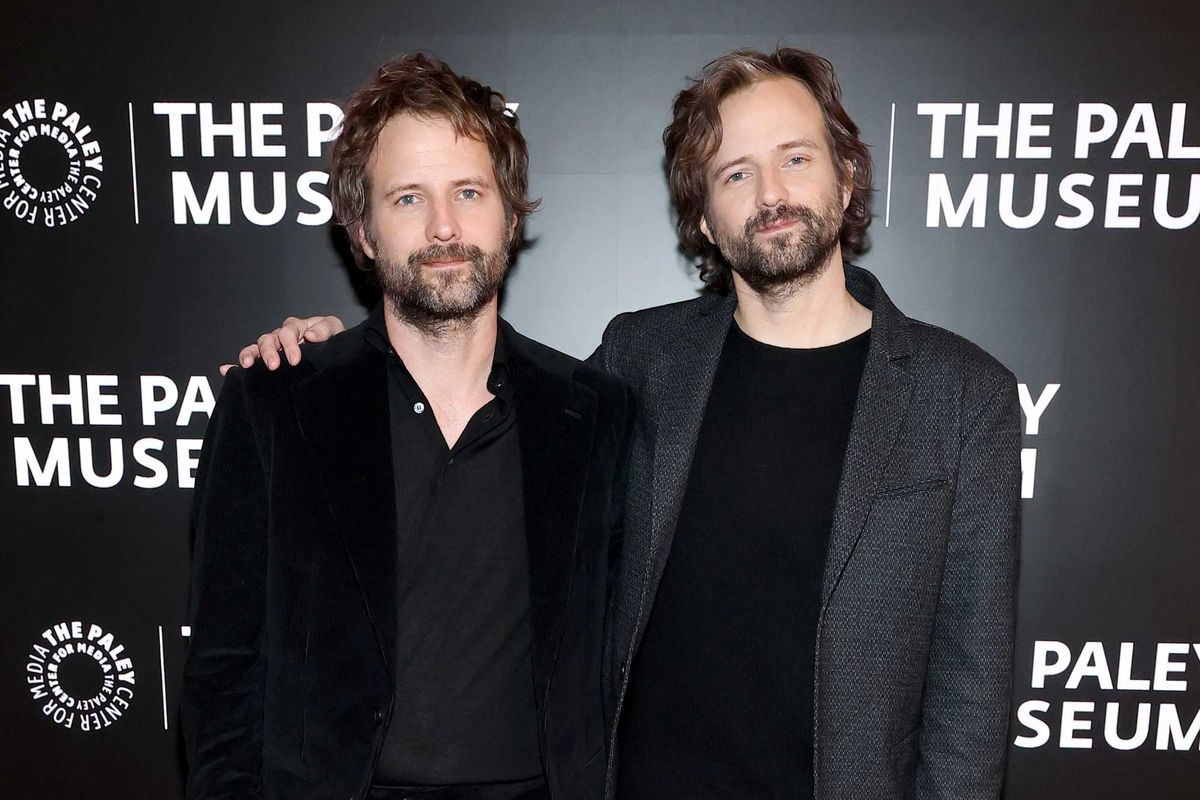Science & Tech
Joe Vesey-Byrne
Feb 08, 2017

Picture:
Getty Images/iStockphoto
How much can we rely on statistics about porn on the internet?
In an article for Psychology Today, sex writer Michael Castleman has delved into the world of online pornographic stats.
By which we don’t mean pie charts with a kinky streak.
Fifty Shades of Grey Areas
The sorts of people who collate this data usually have a political bent. The Families for Real American True Values of Children and Marriage Leadership Council, or some such other think tank, are often responsible for publishing data about porn online.
According to Castleman, groups such as Internet Safety 101/Enough are Enough massage their findings to suit their purpose. This is in order to create a perception of the internet as a hellish phantom zone of smut, and your children as a few clicks away from Sodom and or Gomorrah.
For instances Internet Safety 101 claims that 88 per cent of pornography online features violence, yet this is because they include consensual BDSM in their definition of ‘violence’.
Internet Safety 101 also claimed that 30 per cent of ‘Internet content’ is pornography.
Similarly misleading is data from the group ‘Covenant Eyes’, which despite its name, is not an organisation from a Margaret Atwood novel.
Covenant Eyes reported in 2015 that there were 2 billion web searches for porn in that year. They also claimed that 20 per cent of mobile-device searches are for porn, and that 56 per cent of divorces involve one spouse having an obsessive interest in porn online. Yet as Castleman points out, Covenant Eyes does not provide any evidence or sources for its assertions.
Who can we trust to tell us about porn?
Castleman recommends using more routine surveys such as the General Social Survey, an annual survey launched in 1973 by the National Science Foundation.
Contrary to alarmist results, the GSS findings show that consumption of porn has remained largely unchanged since the advent of the internet.
A 2013 study Indiana University, which looked at GSS responses from 14,193 men aged 18 and above. In response to the question ‘Have you looked at pornography in the past year?’ 32 per cent of men asked in the pre-internet decade 1987-1997 answered ‘yes.
In the dozen years after 1998-2010, the number who answered ‘yes’ was 34 per cent.
How much of the internet is porn?
Castleman also recommends a book published in 2012 by computational neuroscientists Ogi Ogas and Sai Gaddam.
The pair used three different methods for calculating the amount of porn. First they looked at the 1 billion most visited websites in recent years, and found that 42,337 were sex related. This was just 4 per cent of the total, not 30, as conservatives would have you believe.
Secondly, Ogas and Gaddam considered worldwide web searches from July 2009-July 2010, and found that 13 per cent involved pornography. Finally, they spoke to staff at leading search engines, who gave top end estimates of 15 per cent.
Castleman concluded that somewhere within the range of 4 and 15 per cent sounded like the most accurate amount of porn.
But really, when it comes to sex, who's even counting?
Top 100
The Conversation (0)













